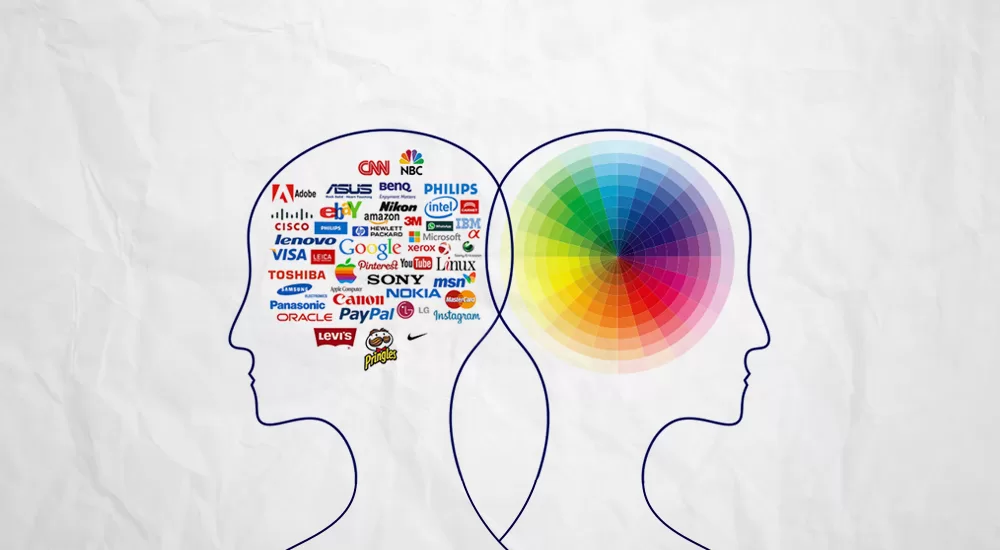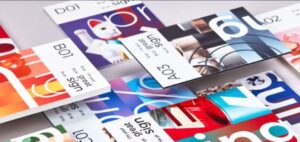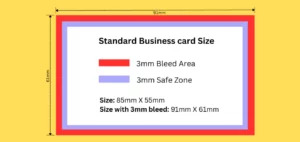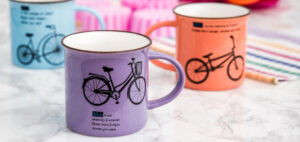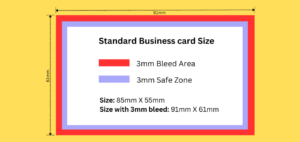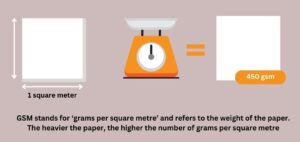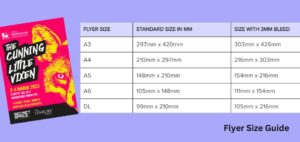Colour is an important aspect of branding and has the power to influence people’s emotions, behaviors, and decisions.
According to a study by the Institute for Color Research, people make a subconscious judgment about a product within 90 seconds of initial viewing, and up to 90% of that assessment is based on colour alone. This demonstrates the critical role of colour in branding success.
A real-life example of the impact of colour on branding success is the popular fast-food chain McDonald’s. The company’s iconic logo features the colours red and yellow, which are associated with energy, excitement, and hunger.
These colours have played a significant role in the company’s branding success, helping McDonald’s to become one of the most recognized and successful brands in the world.
When choosing the perfect palette for your business branding, it’s essential to understand the psychology behind different colours.
Try our Print Products: Personalised duplicate books & Square Business Card
Colour Psychology Branding – Top five colours used in branding and their associated meanings:
Psychology of Red colour
Red is a vibrant and energetic colour associated with passion, excitement, and urgency. According to research, red can increase heart rate, create a sense of urgency, and stimulate appetite.
As Eva Heller, a researcher and author of “Psychology of Color” explains, “Red is the colour of love, passion, and danger. It stands for strong emotions and is associated with powerful feelings such as love, warmth, and comfort.”
Psychology of Blue colour
Blue is a calming and trustworthy colour associated with stability, reliability, and professionalism. It can also create a sense of security and comfort.
According to a study by the University of British Columbia, blue is the preferred colour of 42% of men and 29% of women.
As Angela Wright, a colour psychologist and author of “The Beginner’s Guide to Colour Psychology” explains, “Blue is the colour of the mind and is essentially soothing; it affects us mentally, rather than the physical reaction we have to red.”
Also read: Key UK Small Business Statistics You Need To Know In 2023
Psychology of Yellow colour
Yellow is a cheerful and optimistic colour associated with happiness, warmth, and friendliness. It can also stimulate mental activity and creativity.
According to a study by the Pantone Color Institute, yellow is the most attention-grabbing colour in the spectrum. As Wright explains, “Yellow shines with optimism, enlightenment, and happiness.
Shades of golden yellow carry the promise of a positive future.”
Psychology of Green colour
Green is a calming and natural colour associated with growth, harmony, and balance. It can also create a sense of relaxation and rejuvenation.
According to a study by the University of Amsterdam, green can improve reading ability and concentration. As Wright explains, “Green is the colour of balance and harmony. It creates equilibrium between the head and the heart.”
Psychology of Purple colour
Purple is a luxurious and creative colour associated with imagination, sophistication, and spirituality. It can also create a sense of mystery and intrigue.
According to a study by Joe Hallock, a color researcher, purple is the second most preferred colour among women. As Wright explains, “Purple combines the stability of blue and the energy of red.
It is associated with royalty, luxury, and creativity.”
Ten practical tips for small businesses when choosing the right colours for their branding:
- Consider your target audience and the emotions you want to evoke.
- Think about your industry and the colours commonly used in it.
- Use colours that complement your logo and website design.
- Test your colour choices with a focus group to gauge their response.
- Look at your competition and choose colours that set you apart.
- Use colour palettes that reflect your brand’s personality and values.
- Consider the cultural and regional associations of different colours.
- Avoid using too many colours
- Be mindful of colour accessibility for individuals with visual impairments.
- Experiment with different shades and combinations of colours to find the perfect palette for your brand.
At the end, choosing the right colours for your business branding can significantly impact your success. Understanding the psychology behind different colours and their associations can help you make informed decisions that resonate with your target audience and reflect your brand’s personality and values.
By following these practical tips, small businesses can create a powerful and effective brand identity that stands out in today’s competitive market.
Also Read: What Does NCR Form Stand For?
